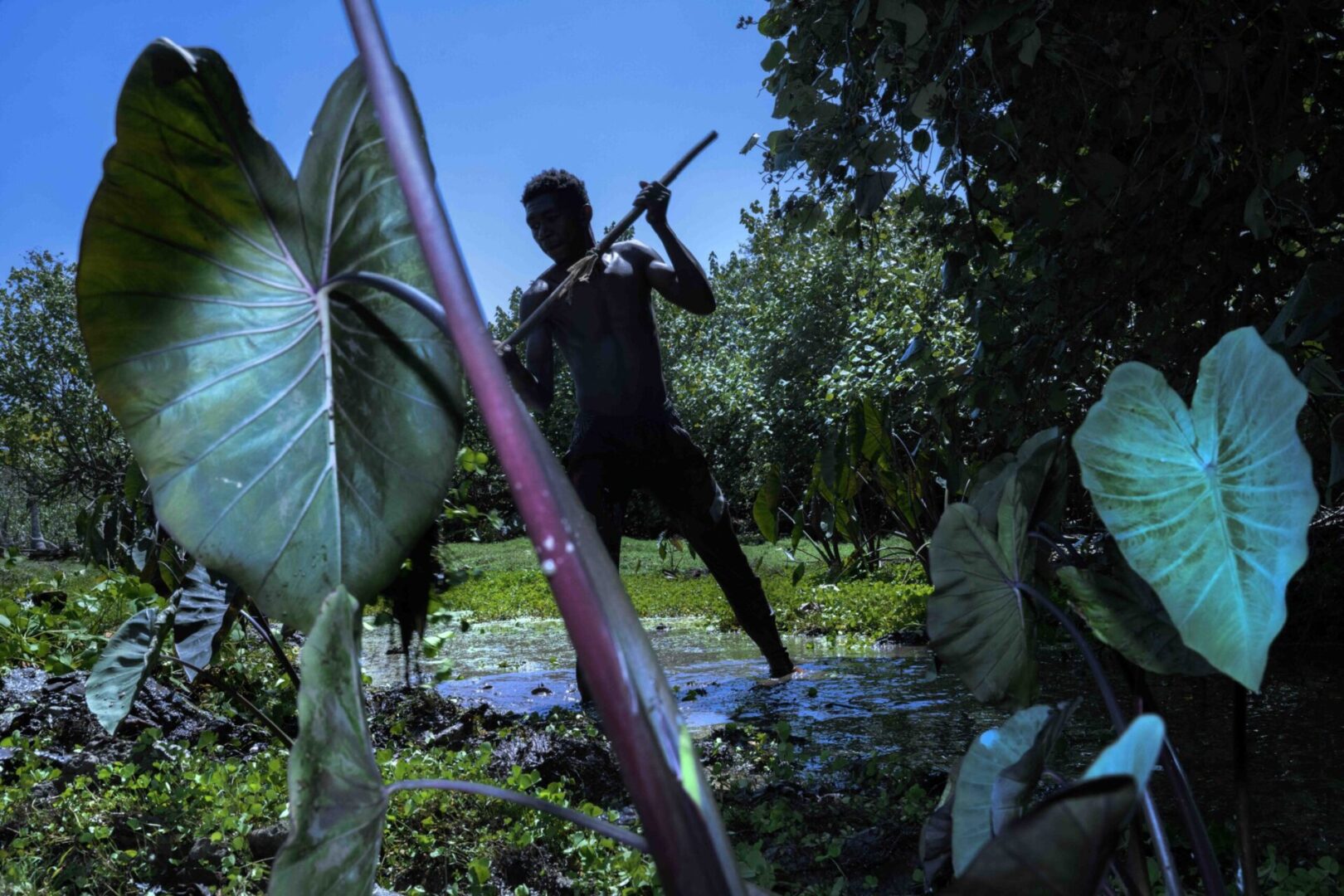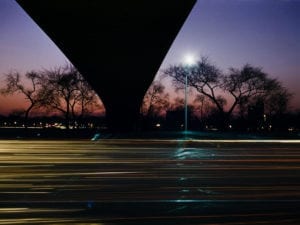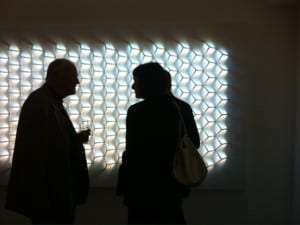The first newspaper to publish a photograph was L’illustration. In 1848, the Frech periodical ran an image that depicted barricaded Parisian streets caused by a workers’ strike. In the 150 years since, the function of pictures has developed significantly, from an enhancement of a written piece to a journalistic pursuit in their own right. Many pivotal historical moments have been documented by those with a camera. Robert Capa’s pictures of the Spanish Civil War and D-Day landings brought the realities of conflict to mass audiences for the first time. Meanwhile, Don McCullin, one of the most respected photojournalists of the 20th century, captured the Vietnam War with unflinching honesty. His most iconic image is perhaps Shell-shocked US Marine in Hue, Vietnam (1968), reflecting the human cost of combat. Other reporters have captured one single image that has changed the discourse on a topic, such as Turkish photographer Nilüfer Demir’s 2015 photograph of Aylan Kurdi, a 3-year-old Syrian boy whose body washed ashore after his family’s failed attempt to reach Europe by sea. The image humanised the refugee crisis for a global audience, sparking conversations on an unprecedented scale.
Today, the work of photojournalists is recognised as an important pillar in press freedom and storytelling, with awards like World Press Photo acknowledging their contribution to the news world. The New York Times reminds readers of the wider aim of the discipline: “The goal is not only to take pictures, but to hold the images up to the highest journalistic standards in an effort to convey the truth.” In a world of increased geopolitical tensions, international conflict and social unrest, this integrity remains a vital pillar of democracy and press freedom. The International Month of Photojournalism is a major event in Italy to focus on the discipline. The annual festival offers an insight into the methods and approaches of the best photographic reporters. These five lens-based practitioners continue the strong tradition of using the camera to bring hidden stories to light, spotlight the communities behind international political events and encourage audience to imagine a lived experience different to their own.
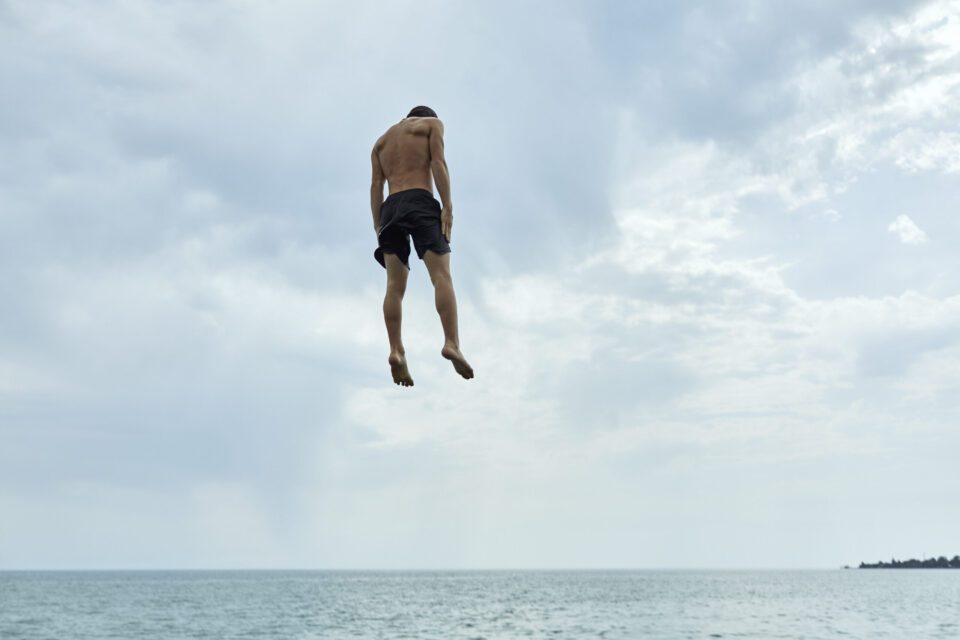
Abkhazia
Ksenia Kuleshova
Abkhazia is situated in the north-western corner of Georgia, surrounded by the Black Sea to the south and the Caucasus mountains and Russia to the north. It was once one of the most beloved touristic regions of the Russian Empire, and later the Soviet Union. The region fought a war of secession with Georgia between 1992 and 1993, declaring independence in 1999. Today, the nation is only recognised by Russia and a handful of other countries. Photographer Ksenia Kuleshova creates a vivid portrait of the location, which exists within a constant state of uncertainty. The artist frames the series’ narrative around an old legend: “when God gave each nation its place under the sun, the Abkhaz was too busy taking care of his guests, so he came late and there was no land left for him. But God remembered the great hospitality of the Abkhaz, so he gifted him the only place left where God himself wanted to live – the small region on the shores of the Black Sea.”
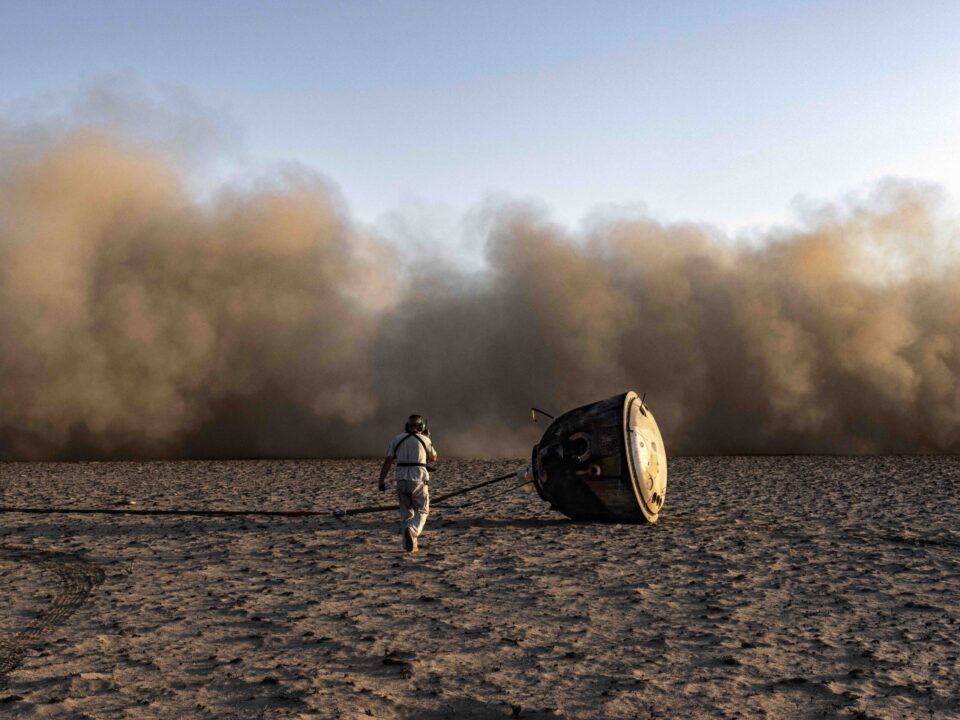
Some Worlds Have Two Suns
Andrew McConnell
Every three months, a space rocket carrying astronauts and cosmonauts to the International Space Station launches from Baikonur Cosmodrome in Kazakhstan. At around the same time, to the north-east in remote grasslands, other astronauts fall back to Earth. Andrew McConnell first visited the region in 2015, intending to document this process, but was immediately struck by the local communities who lived amongst the scientific activity. He saw a group of people from the village of Kenjebai-Samai, who had come to witness the landing ceremony taking place; it was these individuals who compelled him to keep returning to the area. McConnell explains: “On each visit I would stay in Kenjebai-Samai or explore further afield. I found a people largely uninterested in the space travellers and yet somehow bound up in this strange ritual. These descendants of nomads once again on the edge of a new horizon.”
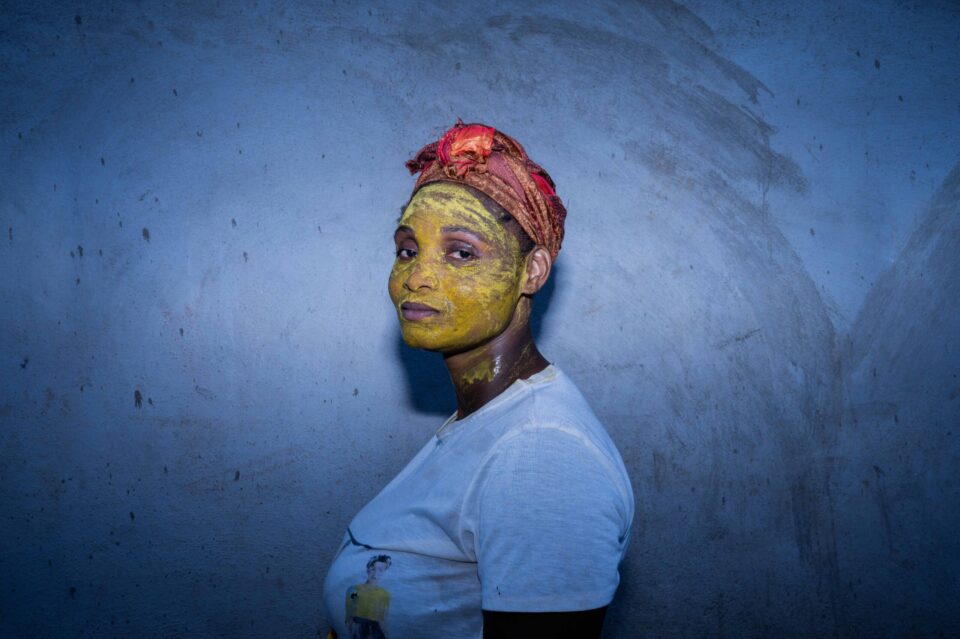
MADJINIS – The Inhabited Bodies
Benedicte Kurzen
Mayotte became France’s 101st department in 2011 and, since then, the archipelago has undergone profound societal changes. Positioned at the crossroads of the Indian Ocean and the Mozambique Channel, it is home to a diverse population. Here, despite the economic and cultural shifts that have come with its association with Europe, traditional beliefs remain essential anchors, quietly resisting modernity’s encroachment. Practiced discreetly, spiritual convictions persist in the private sphere and spirits like djinns, moinaissas and Malagasy ancestors shape an unseen reality. Kurzen’s photographic approach moves beyond documentary realism, embracing a vivid, saturated palette that evokes magic. Through striking hues, she crafts a visual language that bridges myth and reality. This project extends her ongoing exploration of mythology, animism, and belief systems and redefining social constructs.
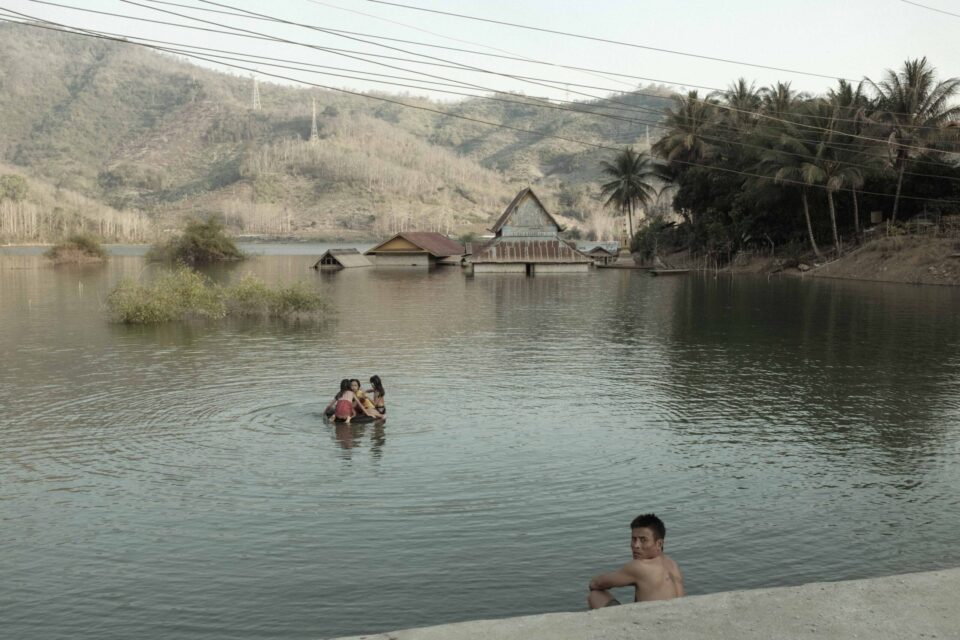
Weaved in Silk
Nicholas Bosoni
Nicholas Bosoni moved to the Southeast-Asian country of Laos in 2017 to work as a geography researcher. Three years later, he quit that role to tell the story of the changing country through photography. The result is Weaved in Silk, an exploration of the nation’s unfolding socio-economic transformation. Bosoni says: “[The series] is the result of countless trips across the country, using the newly constructed Lao-China Railway as a central theme. Opened in 2021, this railway is the first ever built in Laos and links Vientiane, the capital, with Boten, a mountainous town on the Chinese border that serves as China’s gateway to Southeast-Asia.” The images depict everyday scenes within a changing landscape. It reveals the contrast between traditional ways of life and an uncertain future, shaped by economic ambition and filled with promises of prosperity, connectivity and modernity.
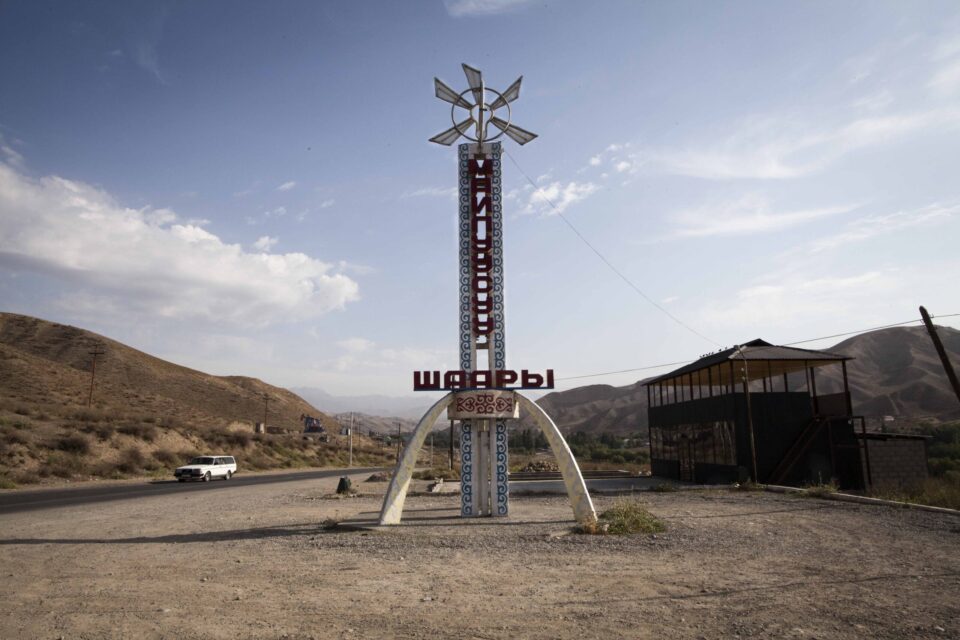
Mailbox #200, The Kyrgyzstan’s Uranium Legacy
Riccardo Bononi
The secret village of Mayluu-Suu, identified by the Soviet Atomic Project with just the postal address “Mailbox #200”, was recently included by the Blacksmith Institute among the most radioactive places on the planet, along with Chernobyl and Fukushima. More than 10,000 tonnes of uranium were extracted and processed here between 1946 and 1968. After the collapse of the Soviet Union, 2,000,000 m³ of radioactive waste was abandoned, buried in the mountains. The waste deposits were built in a seismic zone subject to frequent landslides and mudslides, representing a danger of large-scale contamination of the entire Fergana Valley, with its 12 million inhabitants. Despite the major threat to their health, the local population refuses to leave. Riccardo Bononi works as a visual anthropologist, creating long-term photographic projects that focus on the lives of those living in one of the most dangerous areas on Earth.
International Month of Photojournalism runs until 15 June: impfestival.com
Words: Emma Jacob
Image credits:
Benedicte Kurzen. From the series Madjinis – The Inhabited Bodies.
Ksenia Kuleshova. Abkhazia, Sukhum, 04/07/2017. Children always spend their free time on the beach.
Andrew McConnell, Some Worlds Have Two Suns. Soyuz MS-04 spacecraft carrying Russian cosmonaut Fyodor Yurchikhin, and US astronauts Peggy Whitson and Jack Fischer, lands on the scorched steppe, Kazakhstan 2017.
Benedicte Kurzen. From the series Madjinis – The Inhabited Bodies.
Nicholas Bosoni. From the series Weaved in Silk.
Riccardo Bononi. From the series Mailbox #200, The Kyrgyzstan’s Uranium Legacy.


